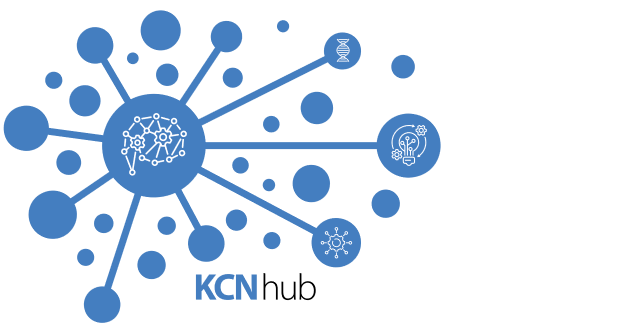Internal KCN: Firing Rate Models of Basal Ganglia – Thalamocortical Neurons in Response to Deep Brain Stimulation
Abstract: Parkinson’s disease (PD) is the 2nd most common neurodegenerative disorder which is related to the dysfunction of basal ganglia-thalamocortical network (BGTCN). Deep Brain Stimulation (DBS) is an effective treatment for suppressing PD symptoms; however, the underlying mechanism remains elusive. A recent study demonstrated that different frequencies of DBS modulate the firing rate of the stimulated nuclei differently. However, there is no unified model to capture dynamics of the firing of different stimulated substructures, e.g., (STN, SNR, Rt, and Vim), and across different DBS frequencies. Here, we develop novel mathematical models to represent the firing rate of the BGTCN neurons in response to DBS with multiple individual frequencies. We are developing two rate models on different time scales: one model on the transient firing rate (resolution ~20ms), and the other on the mean firing rate (resolution ~200ms).
(i). The transient firing rate model consists of two blocks, namely, the synaptic function block and the neuronal population block. Using a recent theoretical study on the cellular impact of DBS, DBS pulses are fed into the Tsodyks & Markram synapse model to obtain the post-synaptic current with short-term plasticity. The synaptic function block transfers the input current to firing rate through a sigmoid function. The output of this nonlinear function is considered as the input of the rate model that is expressed by a first order differential equation. The rate model governs the instantaneous firing rate of stimulated neurons receiving DBS. To estimate parameters of the sigmoid function and the rate model, we compute ground truth firing rates from both experimental and synthetic data with the peristimulus time histogram (PSTH). We optimize the rate model parameters by minimizing the sum of squared errors between the (model) generated firing rate and that calculated from neuron responses, with the Nelder-Mead simplex method. Our model can reproduce the firing rate calculated from both experimental and synthetic data with very high accuracy. The estimated model parameters are consistent across different DBS frequencies, justifying the generalizability and feasibility of our model.
(ii). The mean firing rate model is under development. We are developing a probabilistic methodology to compute the analytical solution of the firing rate from a conductance-based leaky integrate-and-fire (LIF) model, receiving DBS inputs from the synapse model in (i). In the current stage, we can compute the analytical firing rate solution of the standard LIF model with arbitrary number of Ornstein–Uhlenbeck (OU) process input currents. The analytical firing rate can reproduce the LIF model simulations, with computing time reduced by > 99%.
